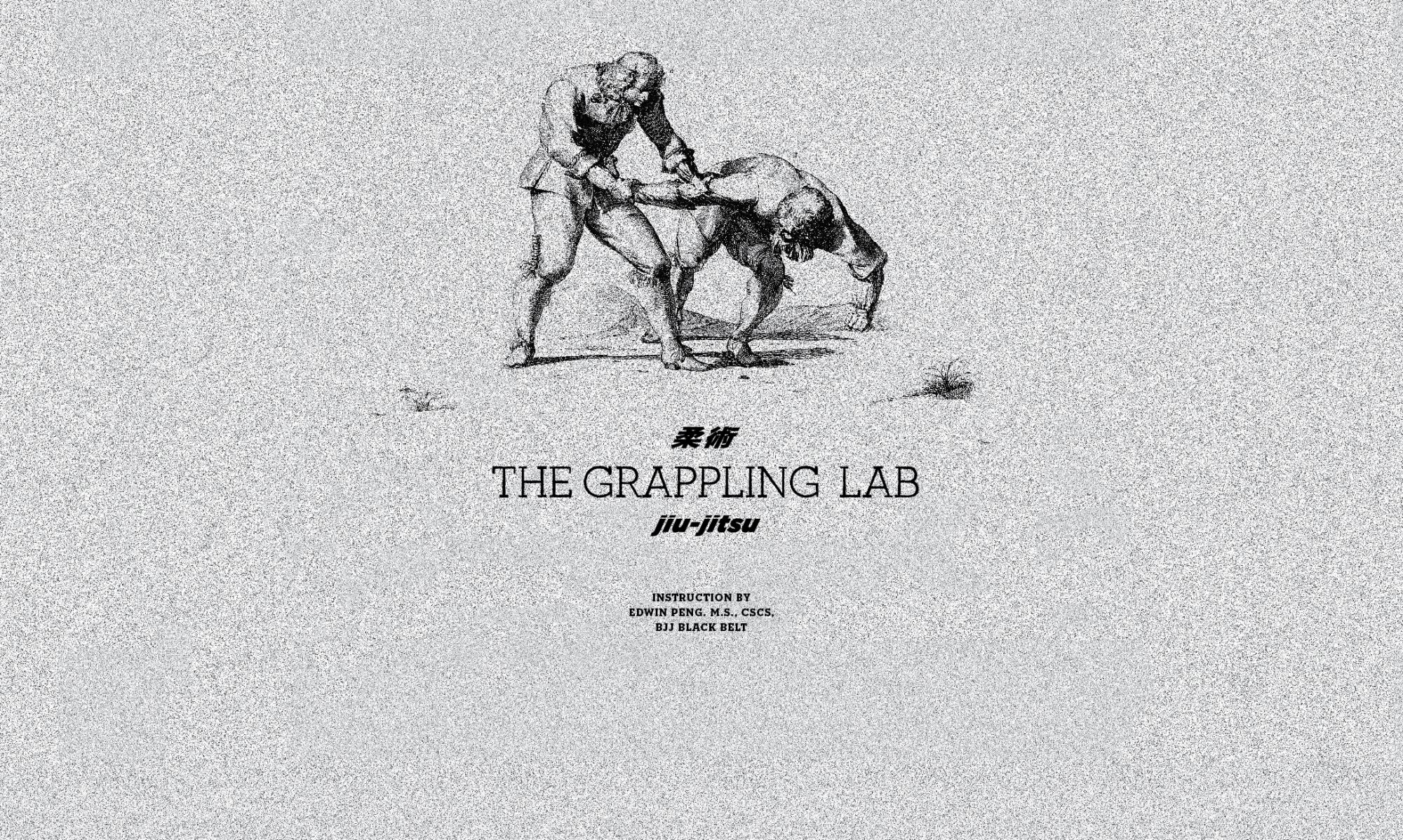In order to teach a beginner BJJ, you must understand how a beginner learns. While some coaches will try to show a 5-10 techniques in a session thinking they are teaching their students, this only serves to overload most practitioners (personally, I have noticed that after 3 moves I start forgetting key details) . As an instructor, you must take into consideration the behavior and thought process of a beginner student in order to tailor the instruction, feedback, and practice conditions to suit the student.
The skill level of different belt colors varies dramatically, for examples competitive blue belts may be able to compete at a similar level as a hobbyist black belt. This is due to differences in starting abilities of practitioners and promotions based on mat time. However, in general there are clear distinctions between lower and higher belts. For our purposes, a lower belt is a white or blue belt and a higher belt is purple and up.
A higher belt is more consistent in their performance. While a lower belts’ performance can fluctuate dramatically day to day, a higher belt will have learned enough to perform similarly well every training session. A higher belt will have more stability in their game, with internal (thoughts, feelings, fatigue) and external factors (humidity, heat, cold) affecting him or her less. A higher belt has more persistent skills, being able to be away from training for months or years and still being able to perform relatively well during training. A higher belt will also have more adaptability, being able to adapt their maneuvers and movements against new opponents and new contexts, and able to improvise techniques. A higher belt will also need to pay less attention to their motor commands and will be able to assign more attention on strategy.
The transition from a lower belt to a higher belt is very slow, with vast improvements in skills and abilities during the early stages of training. The rate of improvement is logarithmic, with the greatest increase in skill occurring at the earlier years. A huge amount of learning occurs during the beginning few months of a person’s BJJ career.
In many gyms students are placed within the already occurring curriculum and are expected to learn along with students who are already learning. This is not optimal for new students as they lack a basis for understanding why techniques or movements are used. The new student will not understand what they are supposed to do or why they are supposed to do something when instructed to do so. In order to jump start a new student’s development, beginners should be informed of the following:
⦁ What the objectives are
⦁ What is allowed to meet the objective
⦁ How to move their bodies in order to meet the objective

